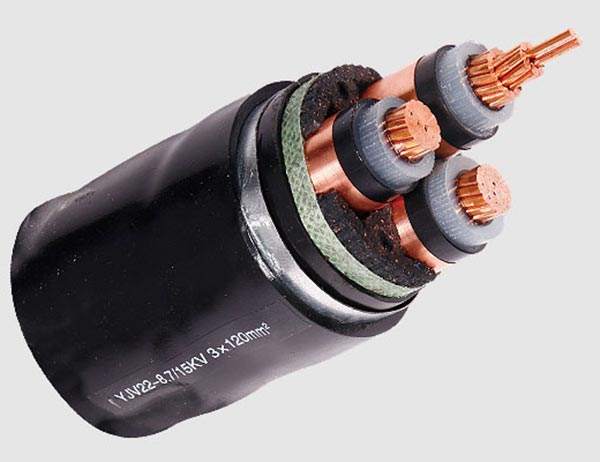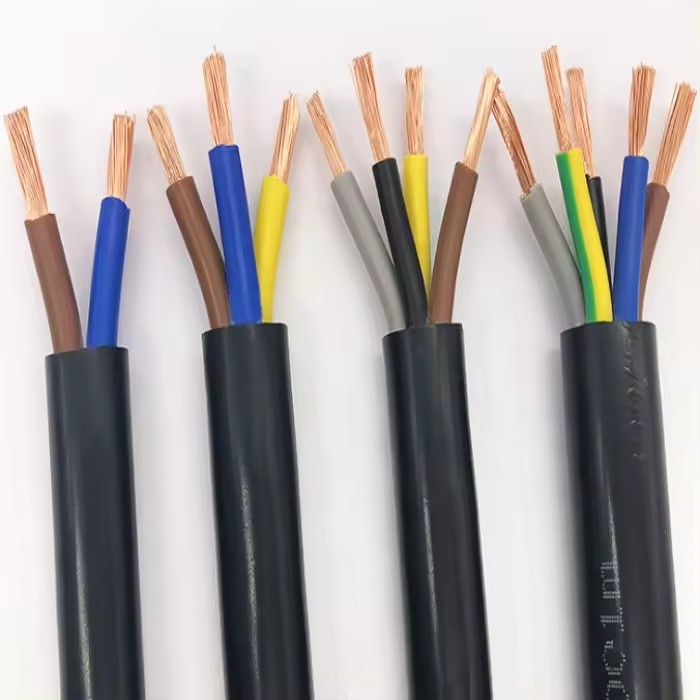What Are The Differences Between High Voltage Cables And Low Voltage Cables?
 Mar 14,2024
Mar 14,2024

 Suke
Suke
The difference between high-voltage cables and low-voltage cables is mainly reflected in the following aspects:
Voltage level: High voltage cables are usually used to transport high voltage electrical energy, the voltage level is generally above 110 kV, such as 500 kV or 1000 kV; The low-voltage cable is used to transport low-voltage electrical energy, and the voltage level is generally below 1000 volts.

Transmission capacity and structure: High-voltage cable due to withstand higher voltage, can transmit more electric energy, suitable for long-distance transmission; The low-voltage cable is mainly used for internal power distribution in buildings, factories, homes and other places, and the transmission capacity is low.
Design and manufacturing requirements: high-voltage cable design, manufacturing and installation requirements are more stringent and complex, need to consider electric field distribution, insulation strength, high temperature resistance and other factors; The manufacture and installation of low-voltage cables are relatively simple, and their physical structure and material selection are more common.

Application range and use environment: High voltage cable is mainly used in large power plants, substations, power transmission lines and other places, for long-distance transmission; The low-voltage cable is widely used in construction, industry, transportation and other fields, for indoor power distribution, lighting, power equipment and so on.
Safety: High voltage cable in the operation process there is a large security risk, once failure or leakage, may cause serious accidents; The safety risk of low-voltage cables is relatively small, the maintenance is relatively simple, and can generally be handled by ordinary electricians.

 Home
Home What Is Armored Cable?
What Is Armored Cable?  You May Also Like
You May Also Like

 Tel
Tel
 Email
Email
 Address
Address














